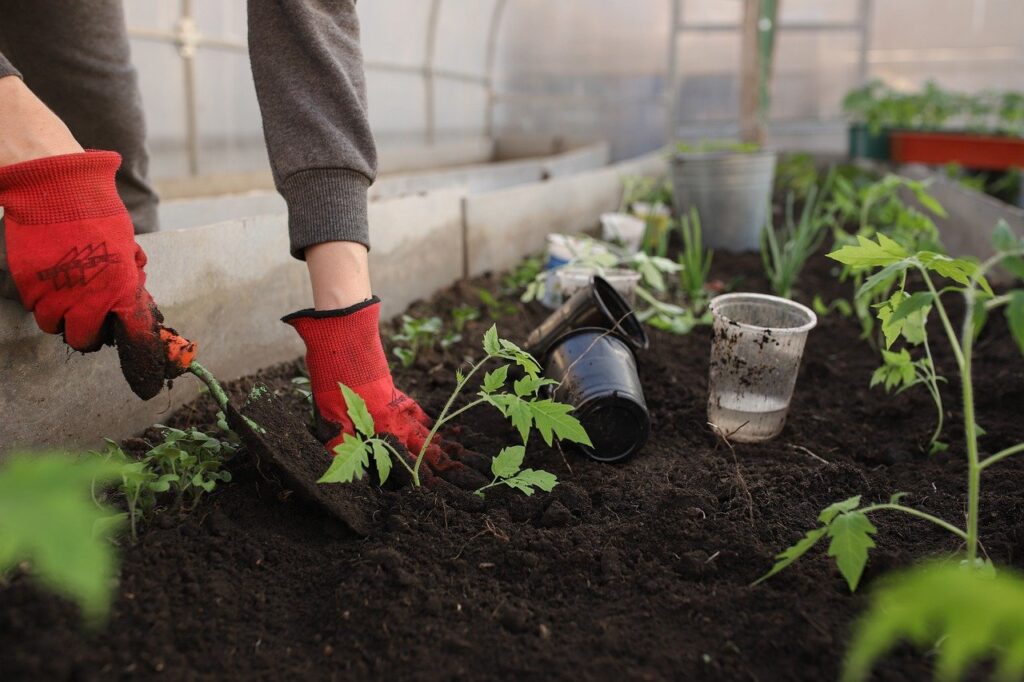For gardeners who have a small space to work with, growing produce may seem to be out of the question. That’s where French intensive gardening can come in handy. This technique allows gardeners to maximize their productivity within a smaller space.
What Is French Intensive Gardening?
The French intensive gardening method involves growing produce in a smaller area. Even though it seems counter-intuitive to put plants closer together, the process is actually a tried-and-true method that gives some great results.
However, be forewarned—this method of gardening requires plenty of planning, research, physical labor, and patience.
The Importance Of Soil
For a garden to thrive under this technique, the most important factor is the soil. This gardening method requires well-drained and well-aerated fertile soil that will allow plants’ roots to grow vertically, the main factor for this technique.
Vertical growth allows gardeners to maximize their yield in smaller spaces by placing plants closer together than in traditional gardens. However, in order for this vertical growth to occur, deeper layers of soil cannot be too hard or encrusted; this is where the technique requires more physical labor.
To get the desired soil composition, French intensive gardening uses a more physically demanding technique of deep digging by hand. This process can be either a single digging 12-15 inches deep or double digging up to two feet deep and mixing in a well-matured compost.
By breaking up the soil in this way, plants’ roots have more room to grow vertically, negating any need to compete with neighboring plants for nutrients.

Raised Beds
Since the main idea of this technique is to avoid soil compaction, gardeners may turn to raised beds to help. By using a raised bed, gardeners can work from all sides of the garden without worrying about stepping on plants.
Typically, the bed is designed to be no larger than four feet wide. This allows gardeners to have easy access to the middle of the garden for weeding and care. Just remember to make sure that the raised bed is deep enough for the plants to grow properly.
Planning and Research
With a French intensive garden, planning and research are everything. To make the most of the limited space, it is a good idea to look into which plants will grow best together.
Companion planting can provide many benefits to the garden. Not only will there be more plants to harvest, but some plants can provide more nutrients to other plants or even protection from pests. Overall, researching which plants are best together is a great place to start when planning your garden.
Additionally, researching various techniques to help keep the garden’s soil health is essential. Alternating crops and staggering plantings are two techniques that will help ensure the garden thrives for years.
